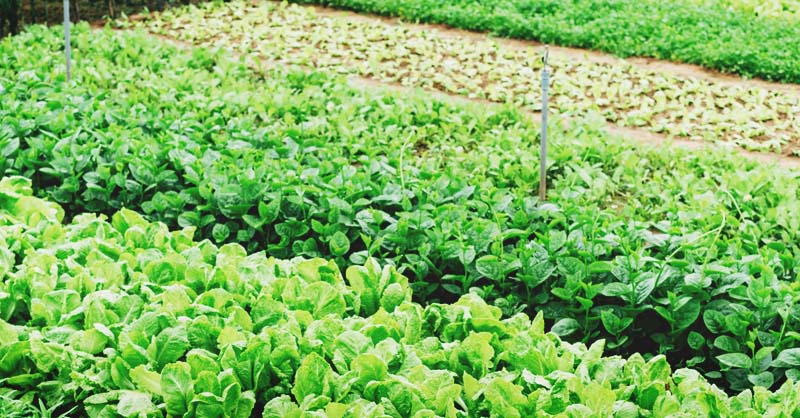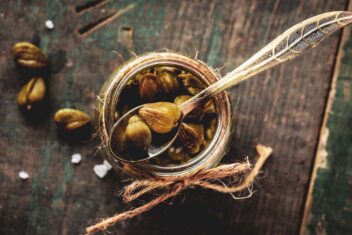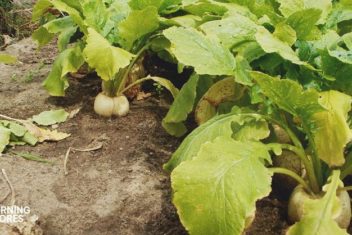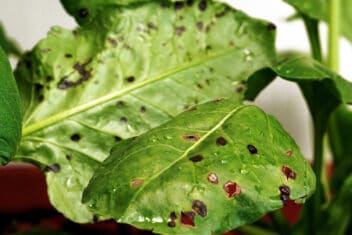It’s fall and with the crisp air comes a time to relax and enjoy the fruits of your labor. But wait! You might not be able to see them, but those garden pests you battled all year are still lurking, waiting to ruin your plants once things warm up again. Instead of getting ready to bunker down for winter, we’ll show you why fall is the best time for you to get a handle on insects in your garden. You’ll be glad you did when spring rolls around, and those creepy crawlies aren’t bugging your plants like they usually do.
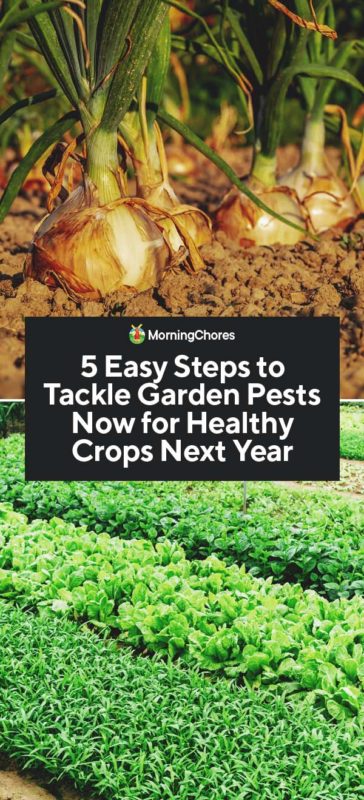
Why Fall is the Best Time to Act
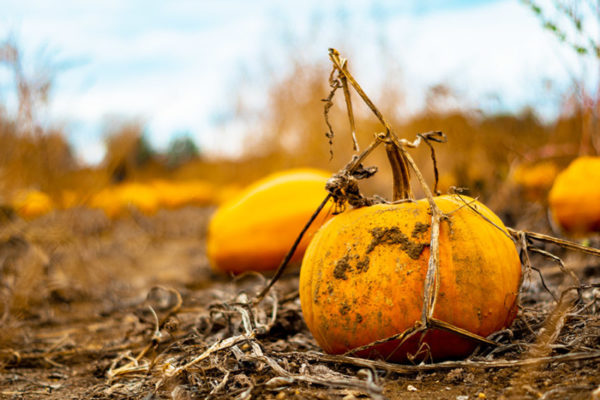
All of those obnoxious insects that have bugged you all summer are starting to disappear as the days and nights get cold. Don’t be fooled. Many of those garden pests are still around. They have laid their eggs in your lovely dark, rich topsoil or are settling down for a long winter’s nap.
Many insects spend part of their lives buried in the soil, and winter happens to be one of the most common times. Squash Vine Borers, Tomato Horn Worms, Colorado Potato Beetles, Cabbage Maggots and Cucumber Beetles are all dreaded pests that overwinter in the soil.
Insects are shallow diggers and typically inhabit the top 2-10 inches of soil. Your garden soil is ideal for them because its light and has good drainage. It’s the perfect winter home.
That’s why fall is an excellent season for alleviating garden pests. You can make great strides in reducing your overall bug problems by taking some simple steps this season. You’ll notice the difference next year when your bug battles are a fraction of what you normally experience.
Take Action and Follow These Steps to Remove Pests From Your Garden.
1: Clean
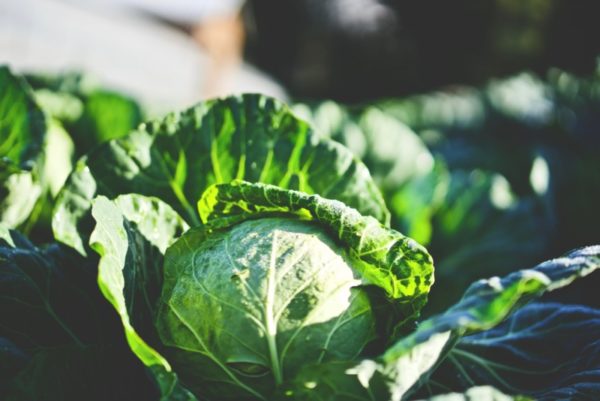
After you have finished harvesting, remove the plant residue and any weeds to discourage garden pests who need hiding places. Don’t toss the waste in your compost. It’s unlikely that your compost gets warm enough to kill off all the pests and you’ll end up putting them back in the garden.
I know its hard to think about weeding at the end of the season. If you’re like me and those late summer weeds got away from you it’s even harder.
Think of it this way: every weed is a bug’s winter home. If you pull that weed up, you don’t let them have a place to live.
Cabbage worms overwinter as pupae under dead plants and leaves in your garden. They change into butterflies and emerge in spring to lay eggs and devour your young seedlings.
The cabbage worm is an early spring riser and feeds on plants in the cole family like cabbage, broccoli, and cauliflower. They are destructive and eat all parts of the plants.
Pull up your weeds and plant residues to deny the cabbage moth coverage in the garden.
2: Till
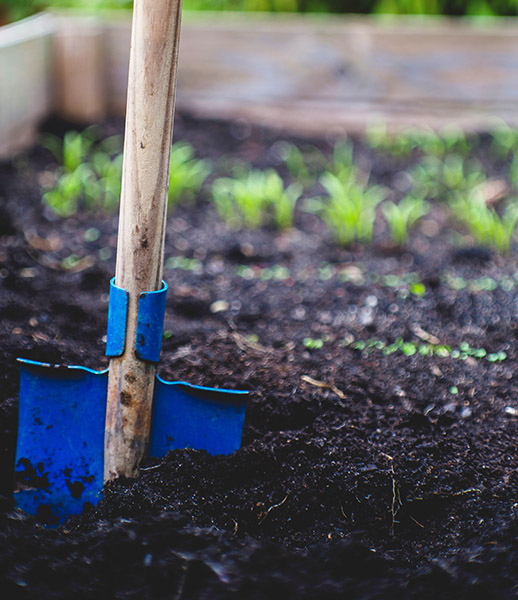
Tilling seems like something you do in the spring, but take the time to till the soil during the cold weather. This will expose your garden pests, and they will die of cold or get eaten by local birds. You will also disrupt their life cycle and lower the population.
Another benefit of tilling is that you will kill fungi and diseases that can overwinter as well.
Tilling in fall also has the advantage of preparing the soil for spring planting. It breaks up any hard clumps that have formed and gets air circulating into the earth. The perfect time to till is just before a hard frost.
Remember that insects can reside in the plants living outside of your garden too. The University of Wisconsin recommends having a buffer zone outside of your garden area. You can till this area as well, but they recommend keeping a watch for beneficial insects who may also live there.
Squash bugs are a big problem here in Kentucky and are widespread around the country. Un-mated adult squash bugs overwinter in the soil. Once it starts to get cold, they will dig down six inches for a long winter’s nap.
Squash bugs emerge in the spring and lay eggs in your squash and cucumbers. By tilling and exposing these overwintering bugs, you can help to reduce them.
3: Put Livestock to Work
Chickens
Do you have a home flock of chickens? Chickens are great tillers and love to eat garden pests. One chicken can till 50 square feet of established sod in 4 to 6 weeks!
Chickens will eat all those bug larvae, bug eggs, and bugs that are hiding! I don’t have bug counts, but I can tell you that my chickens have seriously lowered pest populations in my problem areas.
With all the emphasis on vegetarian and natural chicken feeds we forget that chickens are really omnivores. Chickens love to eat bugs. They will devour overwintering eggs and grubs.
Tilling in advance will allow the chickens to get deeper into the soil on their hunt for bugs. If you are a proponent of no-till then you can weed the garden and leave the chickens to both till and debug in one full sweep.
If your garden is already fenced, you can allow your chickens to enter the garden during the day and do their job. They will scratch up the dirt, eat overwintering bugs and add wonderfully rich nitrogen fertilizer at the same time.
If you have areas of your garden that you want to protect, I suggest using a chicken tractor. This way you can move your chickens around to garden areas that you’d like to have cleaned up.
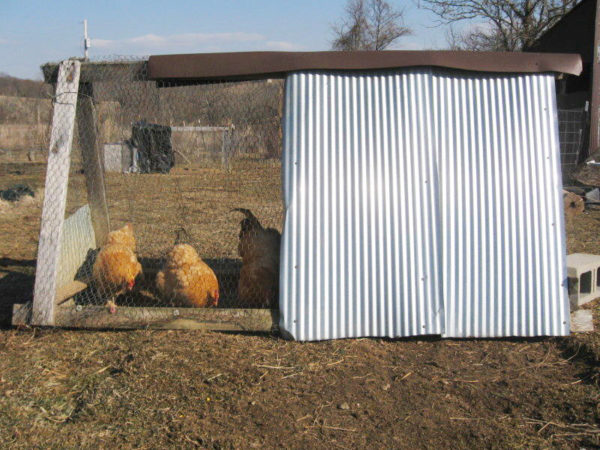
Photo via Ame Vanorio
Most of the older heritage breeds are good foragers. My favorites are Plymouth Rocks, Buff Orpington’s, and Rhode Island Reds. Welsummers, Buckeyes and Minorca’s are also considered great foragers.
Another advantage to having chicken tillers is that they are getting nutrient dense protein and you can cut back a bit on feed when they are foraging. Also, those yummy insects will translate into bright yellow firm yolks, packed full of nutrients for you.
Tomato Horn Worms were a big problem for me several summers ago. They are persistent, have thousands of babies and can be hard to get rid of. The pupae remain in the soil throughout the winter and emerge in spring in the moth stage.
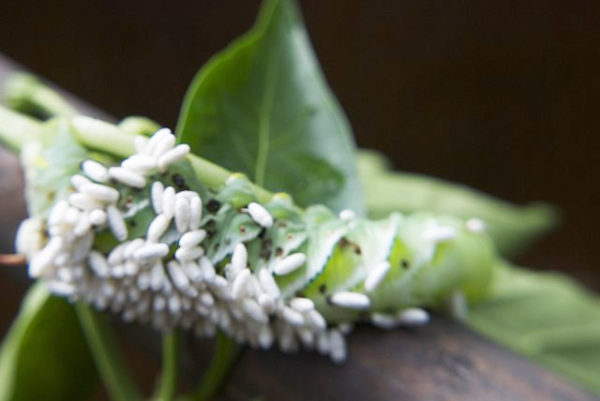
My chickens helped dramatically reduce the pest population by snacking on the pupae all winter long.
Hogs
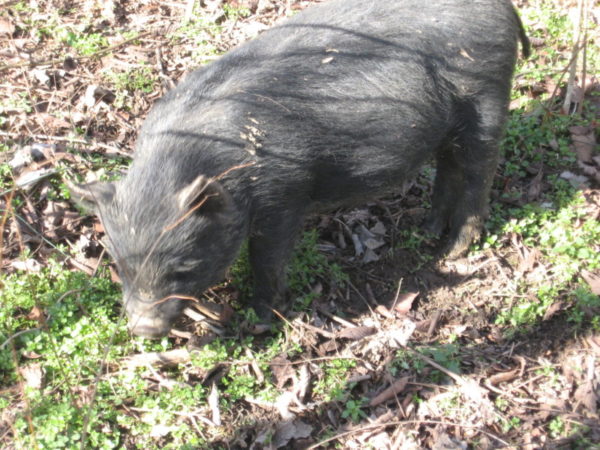
Photo via Ame Vanorio
Another animal who loves to till is the hog. Tilling is, after all, back-breaking work. Hogs are supreme tillers. They will take care of plant debris and get rid of those pesky insects.
Their natural instinct is to dig and root up the ground, so why not give them a place where you are happy for them to do just that. A hog can turn soil like you wouldn’t believe.
Pigs will also level out uneven ground. As they turn the soil, it will settle in a more level manner.
Pigs do need sturdy fencing. Fencing needs to be ‘hog tight’ so they cannot go under, over, or through it. Three strands of electric wire work well to confine hogs. I have used cattle panels with great success.
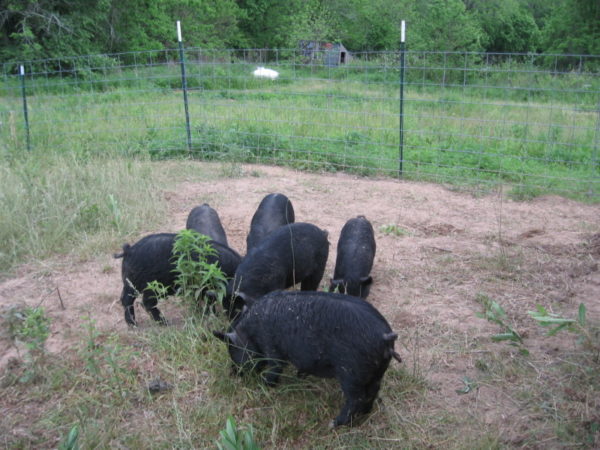
Photo via Ame Vanorio
Both of these types of fencing are easy to move so that you can move the hogs where you want them to be.
There are many types of hogs that are good at rooting and forging. These would include the Mulefoot, American Guinea Hogs, Hampshire’s and Cheshire White, which are heritage breeds.
More modern breeds such as Durocs and even your pet pot belly can plow. If you want your pigs to till then do not put rings in their noses. Rings inhibit their ability to eat natural foods and root in the grass.
I raised American Guinea Hogs as you can see by the pictures and they were excellent foragers and great tillers.
4: Shore Up Your Soil
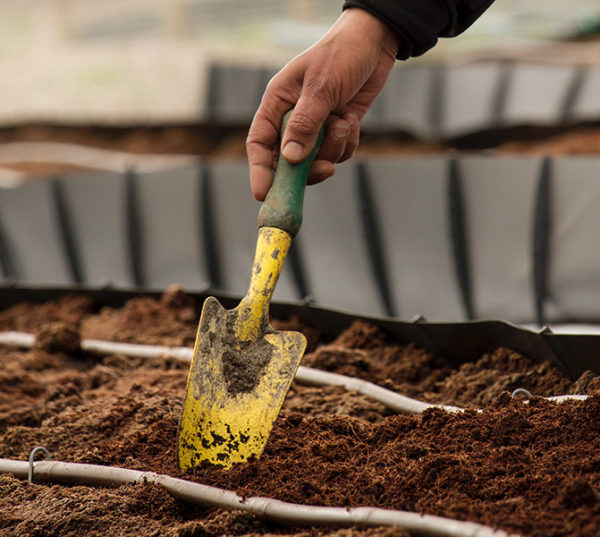
Now is the time to add mulch and amendments to your garden. Healthy soil means healthier plants, and healthy plants are less likely to succumb to the effects of garden pests. Check your soil’s pH, adjust as necessary and add fertilizer, mulch or anything else your soil needs.
Fall is also the ideal time to plant a cover crop for winter. This will help enrich the soil so it will be ready for spring planting.
5: Plan for Crop Rotation in Spring
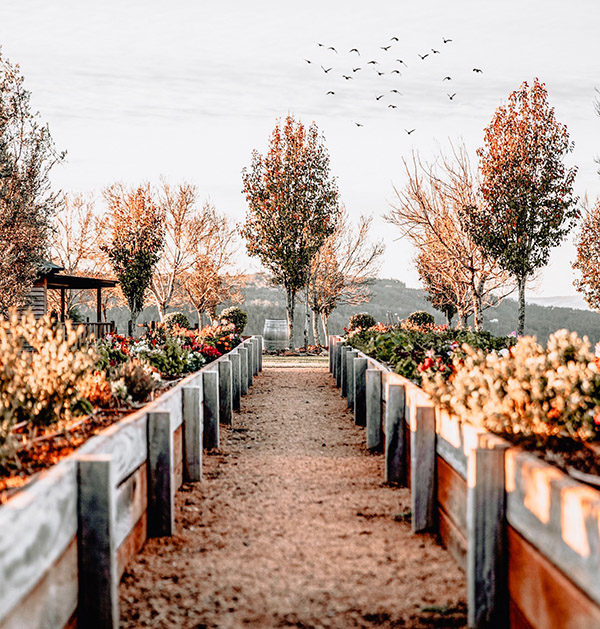
On top of cleaning, tilling and letting your livestock join the war on bugs there is one last thing you can do. Fall is the ideal time to plan ahead for crop rotation. While you are pulling weeds, tilling, and watching the chickens chase after the bugs, take a minute to think about what kind of garden pests you had this year and where they were most active.
Ask yourself what crops seemed to suffer from pests. Did you have so many garden pests that the whole crop was a bust? Take out a piece of paper and a pen, or your iPhone if you are tech-savvy, and start making a list.
Write down what sections of your garden were inhabited by bugs and which garden pests gave you the most problems. If you had tomato trouble, plan on moving your tomato crop somewhere else so as not to provide tomato pests an easy place to thrive in the spring.
If your cole crops were in the southwest corner of your garden and they were devoured by cabbage worms, avoid that next year by moving them to an entirely different location.
Rotating crops on an annual basis will deny insects their chosen food source and make life harder for the little buggers. Many garden pests such as grubs and worms can only fly in the moth stage, so they get confused easily. Rotating will help improve your soil as well.
Once you follow these steps, you are free to proceed to your rocking chair in front of a cozy fire, knowing that your spring crops will be in better shape than ever. If you are like me, you can this time to read and relax. I will be reading gardening books of course!

